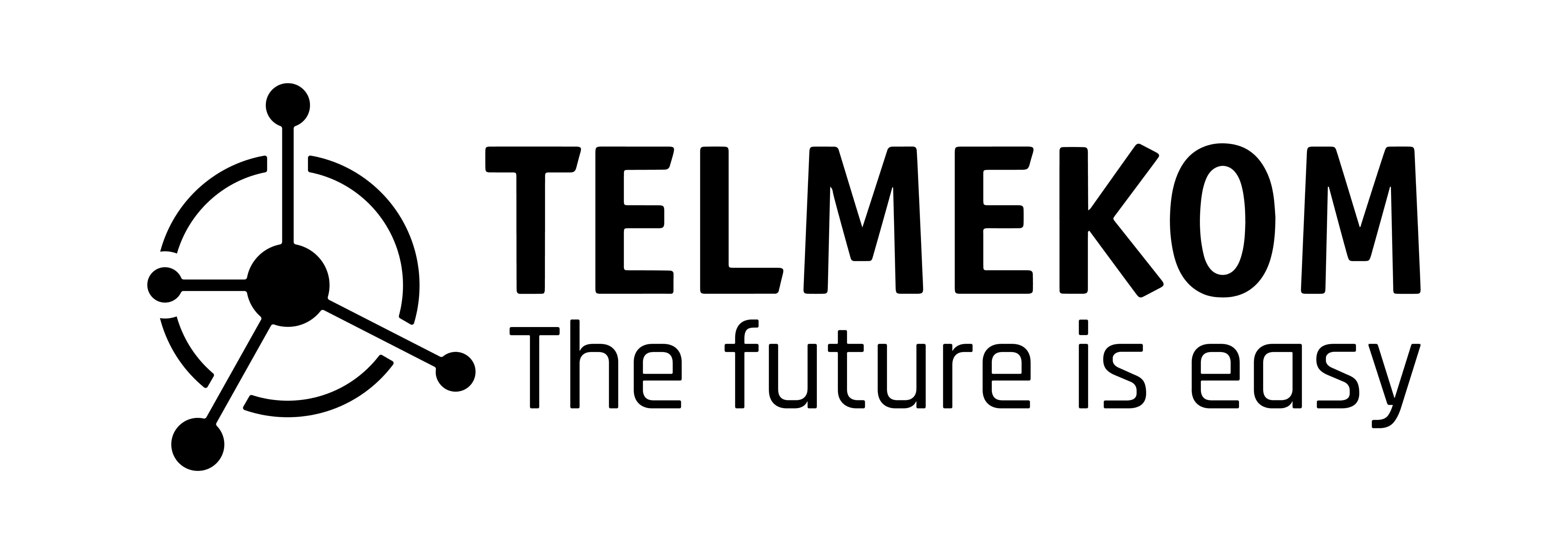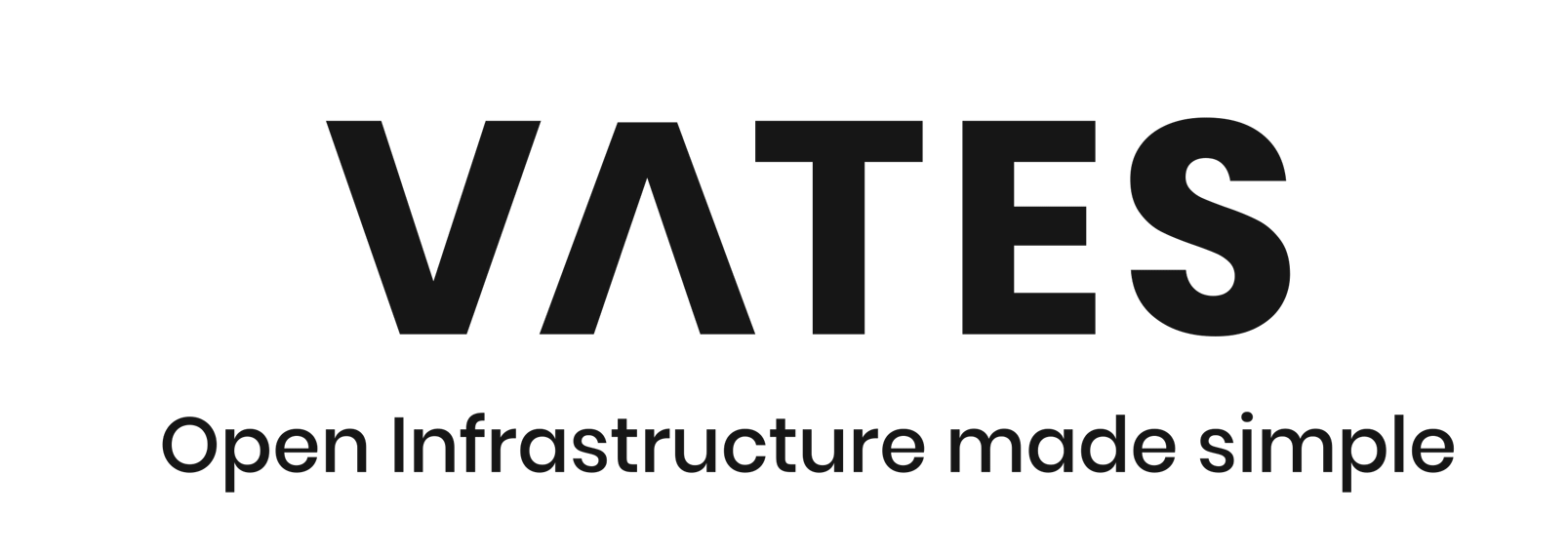Evaluating open source projects is a permanent challenge that OW2 has chosen to meet by defining a unique composite indicator now applied to its projects. This indicator facilitates the evaluation of open source projects from the point of view of corporate information systems managers. The growth of open source software is taking place in two main directions. First, by moving up the layers of information systems: from the operating system to the business applications, open source software is increasingly used by non-IT specialists. Second, by becoming “mainstream”, open source is reaching out to decision-makers who are unfamiliar with open source. For these new users, educated in the commercial practices of proprietary software vendors, open source remains a counter-intuitive model; its technical, legal and community specificities are a source of uncertainty that is not very favourable to positive decisions. Mainstream decision-makers must hear a language they understand. This is the role of the Market Readiness Levels (MRL) method developed by OW2 for evaluating open source projects. With MRL, decision-makers have a familiar indicator that positions open source projects according to the “business” decision criteria they are used to. Open source is moving towards them.
The talk begins with a presentation of the MRL method, its three levels of analysis and the hundred or so criteria taken into account. It then gives the example of a few OW2 projects evaluated by the method and explains what benefits it brings to the development teams, but also to the end-users and the open source in general























